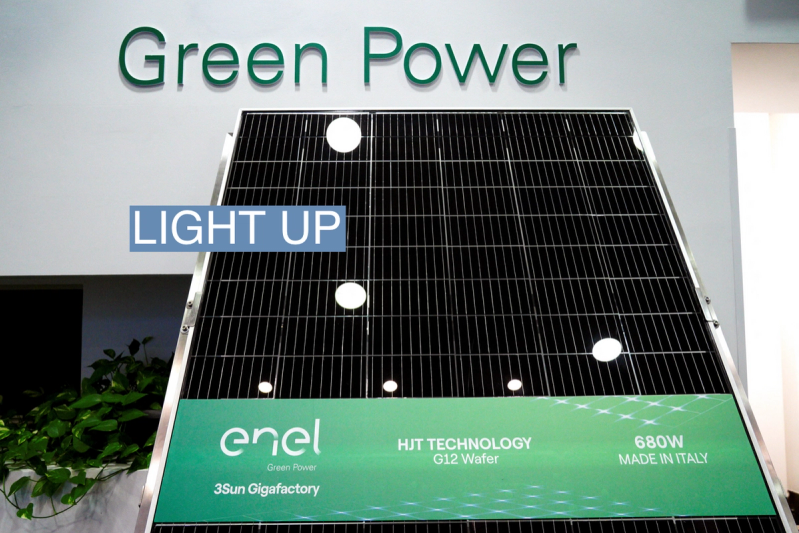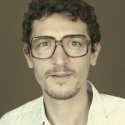The News

Salvatore Bernabei leads the renewable energy arm of the world’s largest power retailer, which is expanding its solar panel factory in Sicily to become the EU’s largest by 2024. In an interview with Semafor, Bernabei argues that Europe needs to be more competitive with China on solar power, and discusses the most encouraging new technologies in energy production and storage. The following Q&A has been edited for length and clarity.
Semafor: What is the most promising renewable source in the coming years?
Bernabei: Solar, without a doubt. Solar panels are gaining in efficiency fast. In the next five years, the energy produced for the same surface will increase by half. This result is made possible by innovation, to the new types of cells Enel is experimenting with.
Semafor: The solar panel industry is dominated by China. Will Europe be able to build a homegrown industry?
Bernabei: “Today there’s no level playing field in the solar power industry.” Chinese photovoltaic has been subsidized for a decade, receiving from the government about $180 billion in different kinds of funding, including grants, tax breaks, land at discounted prices. Depending on the segments of the value chain, China controls between 75% of world production for certain segments of the supply chain to 97% for others. “How do we want to get out of this? Innovation is the answer.”
Semafor: How much money would Europe need to build a solar supply chain?
Bernabei: To give autonomy and power independence to Europe, we should be looking at about 40 GW/year of production capacity. “We would have to invest between 30 and 40 billion euros. But if one considers that in 6 months of war, Europe has spent about 180 billion euros [to purchase gas], it’s clear that making this type of investment makes sense to avoid falling back into a volatility of another kind tomorrow.” Europe was dependent on Russia for gas; it shouldn’t become dependent on China for solar panels.
Semafor: Other than solar, what are the most promising innovations in renewable energy?
Bernabei: Storage is key because renewables are intermittent and storage gives flexibility to smooth out the network. In the next decade, storage will grow three times faster than renewable generation. With innovation, we’re getting new kinds of storage to the market.
Semafor: What are the most promising storage technologies?
Bernabei: Thermal storage. Enel inaugurated last month the first plant in Italy that stores green heat with rocks. This is a breakthrough, because it can be used for systems with a large capacity, around 24 MWH. It’s a large-scale system.
Gravitational storage. Enel is building a U.S. plant that will produce energy that will be accumulated through weights. Just picture a lift: it’s the same principle. There are blocks of 13 cubic meters that are lifted like water is lifted in a pumping system. When the system needs power they are released. As they fall back down, they activate a turbine that produces electricity.
“It was unthinkable just two years ago that today thermal and gravitational storage would be commercially viable so soon.”
Semafor: With the Inflation Reduction Act, the U.S. is protecting the domestic market for renewables, which has irked Europeans. Are we headed towards ESG protectionism?
Bernabei: “The point is: what is a sustainable solar panel?” The priority is to define some ESG criteria that can be used by governments when they do auctions for power plants. For example: if the plant’s supply chain abides by certain ESG criteria, then that will be taken into account.
This has an influence on the whole system. It means that your solar panel creates jobs locally, that it’s made in factories that respect workers and allow trade union representation, that those who make the solar panels are cared for.
Semafor: How should Europe re-establish its energy industry?
Bernabei: Europe has shown it is a skillful player in industrial policy: think of the European chips act. In renewables, Brussels has launched the European Solar Industry Alliance, which will promote initiatives to make the supply chain more European.
We need a mix of private investment and the support of the European Commission, which can be tax credits, like in the U.S., or subsidized loans, or grants. “If we have such ambitious targets to decarbonize in Europe, either we make decisions now, or we risk having bottlenecks some years down the line.”
Correction
A previous version of this story in correctly quoted Salvatore Bernabei. Mr. Bernabei said “40 GW/year,” referring to GigaWatts.

